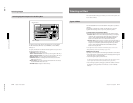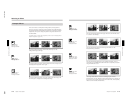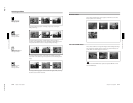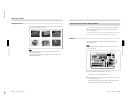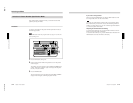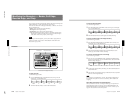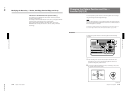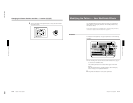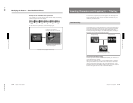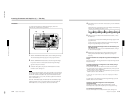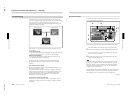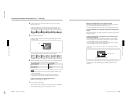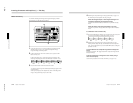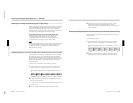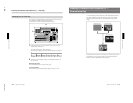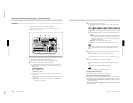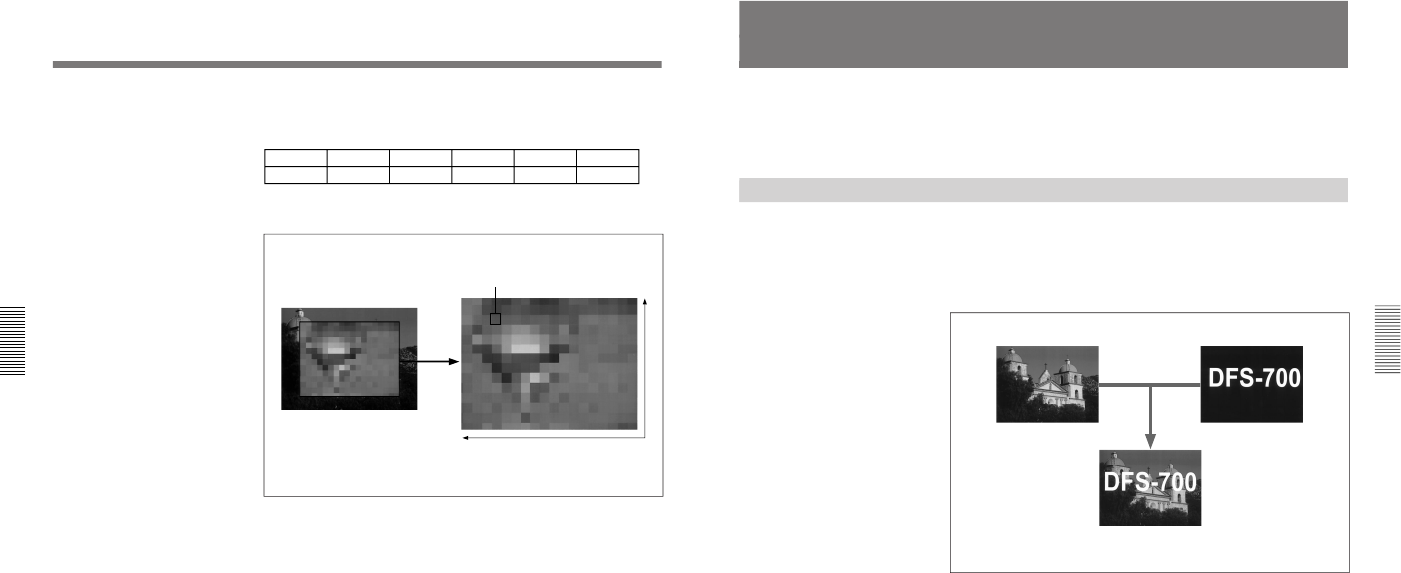
1-30
DFS-700/700P
Chapter 3 Basic Operation
3-32
Chapter 3 Basic Operation
Example of user modifiable effect parameters
As an example, if you select mosaic (pattern number 1016), the following
parameters appear in the menu display.
1016
1/1
Size
0-100
Aspect
0-100
Soft
0-100
MskAsp
0-100
TYPE
FLAT
PAGE F1 F2 F3 F4 F5
For the effect of the parameters, see the following figure.
Parameters for mosaic (pattern number 1016)
F1(Size): size of a mosaic cell
F2(Aspect): aspect ratio of a mosaic cell
F4(MskAsp): aspect ratio of area to
which mosaic is applied
Modifying the Pattern — User Modifiable Effects
Chapter 3 Basic Operation
Chapter 3 Basic Operation
3-33
Inserting Characters and Graphics (1) — Title Key
You can insert (or superimpose) text and graphics into the background
image while applying effects. You can use either a luminance key or a
chroma key for this insertion.
Luminance Key
In a luminance key, a certain luminance level in the foreground image is
used as the threshold for creating the key signal, and the corresponding
part of the foreground image is inserted into the background image.
Normally the foreground image is on a black background, consisting of
bright text to be inserted in the background image.
Two-channel luminance keying
With the optional 2nd Channel DME Board installed, you can also use a
second luminance key channel.
When using two luminance keys, you must make both title 1 and title 2
settings in the TITLE section of the menu control section. Note that to
select the foreground signal used for the second luminance key, in the
delegation section press the FRGD 2 button, turning it on, then select the
desired video signal with one of the AUXILIARY buttons.
Background image
Foreground image
Composite image formed by
luminance keying (program output)



